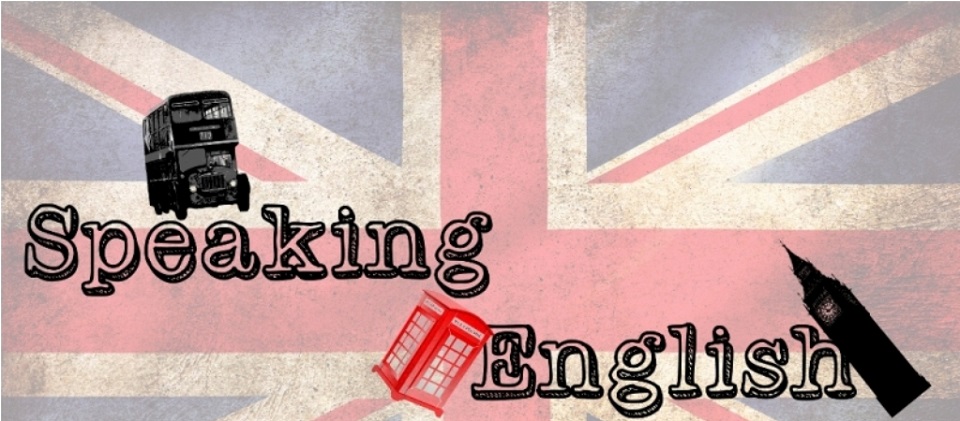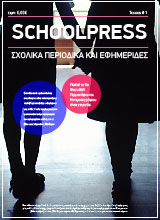By Maria Papadopoulou & Myrto Papadatou
60s
The 1960s were an age of fashion innovation for women. The early 1960s gave birth to drainpipe jeans and capri pants, which were worn by Audrey Hepburn. Women’s trousers came in a variety of styles: narrow, wide, below the knee, above the ankle etc. By adapting men’s style and wearing trousers, women voiced their equality to men.
70S
The year 1970 was a year with no specific looks. Every woman in the street was wearing any type of clothe. Most fashion history books focus on 70s fashion sub-cultures (luxury, punk, cowboy, hippie, exotica, soul).But the housewives and working women in small towns and urban cities had fashion trends that looked a little different than what mainstream media displayed. Such as:
Bell bottom pants and jeans called flares or loons
Homemade and decorated clothing – patches
Jumpsuits could be worn as casual wear
80s
The 1980s were a decade of bold style, colors, and silhouettes— and heaping amounts of permed hair. With trends spanning from ripped tights and biker jackets to polished oversized blazers and poof skirts, and style icons ranging from Joan Jett to Joan Collins, it was one of the most eclectic decades in fashion.
90s
Fashion in the 1990s brought forth a youth movement and offered carefree styles that dabbled in rebellion. Grunge and minimalism were the main trends of the decade with hip-hop and “sexy schoolgirl” styles also trending. Everyone wanted to emulate Moss’s «too cool to care» style, and fashion featured this attitude. Some of the 90′s trends that have made a comeback are scrunchies, overalls, crop tops, chockers, and flared jeans.
00s
2000s fashion is often described as being a global mash up, where trends saw the fusion of previous vintage styles, global and ethnic clothing, as well as the fashions of numerous music-based subcultures. Hip-hop fashion generally was the most popular among mainly young women, followed by the retro inspired indie look later in the decade.











